We don't just design buildings and walk away. Every project teaches us something new, and honestly, that's what keeps this work interesting after all these years. Below you'll find deep dives into some of our recent work - not just the glossy final photos, but the whole journey.
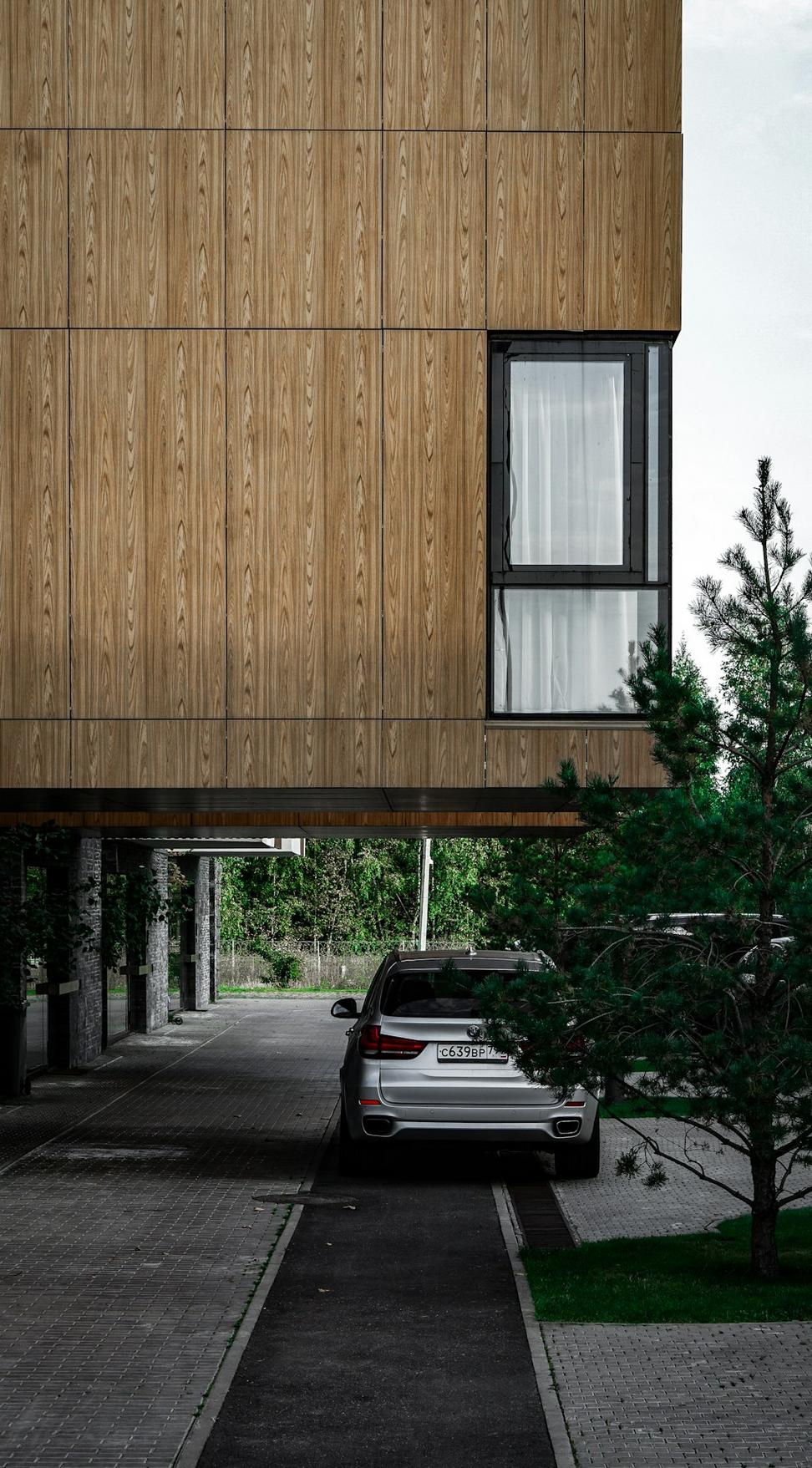
Ravine Edge Residence
Location: Rosedale, Toronto | Completed: 2023 | Size: 3,200 sq ft
The Challenge
Our clients wanted to rebuild on a narrow ravine lot where the old house was literally falling apart. The site was tricky - steep grade, mature trees we couldn't touch, and neighbors who were understandably nervous about construction so close to the ravine. Plus, they needed space for a growing family without overwhelming the lot.
Our Approach
We split the house into two offset volumes that step down the slope, which let us maximize interior space while keeping the street presence modest. The upper volume cantilevers slightly over the lower one - sounds dramatic, but it actually reduced the foundation footprint. Used a geothermal system since we were already digging deep for the foundation. All the main living spaces open to the ravine side with floor-to-ceiling glass, but we added deep overhangs calculated for Toronto's sun angles to prevent overheating in summer.
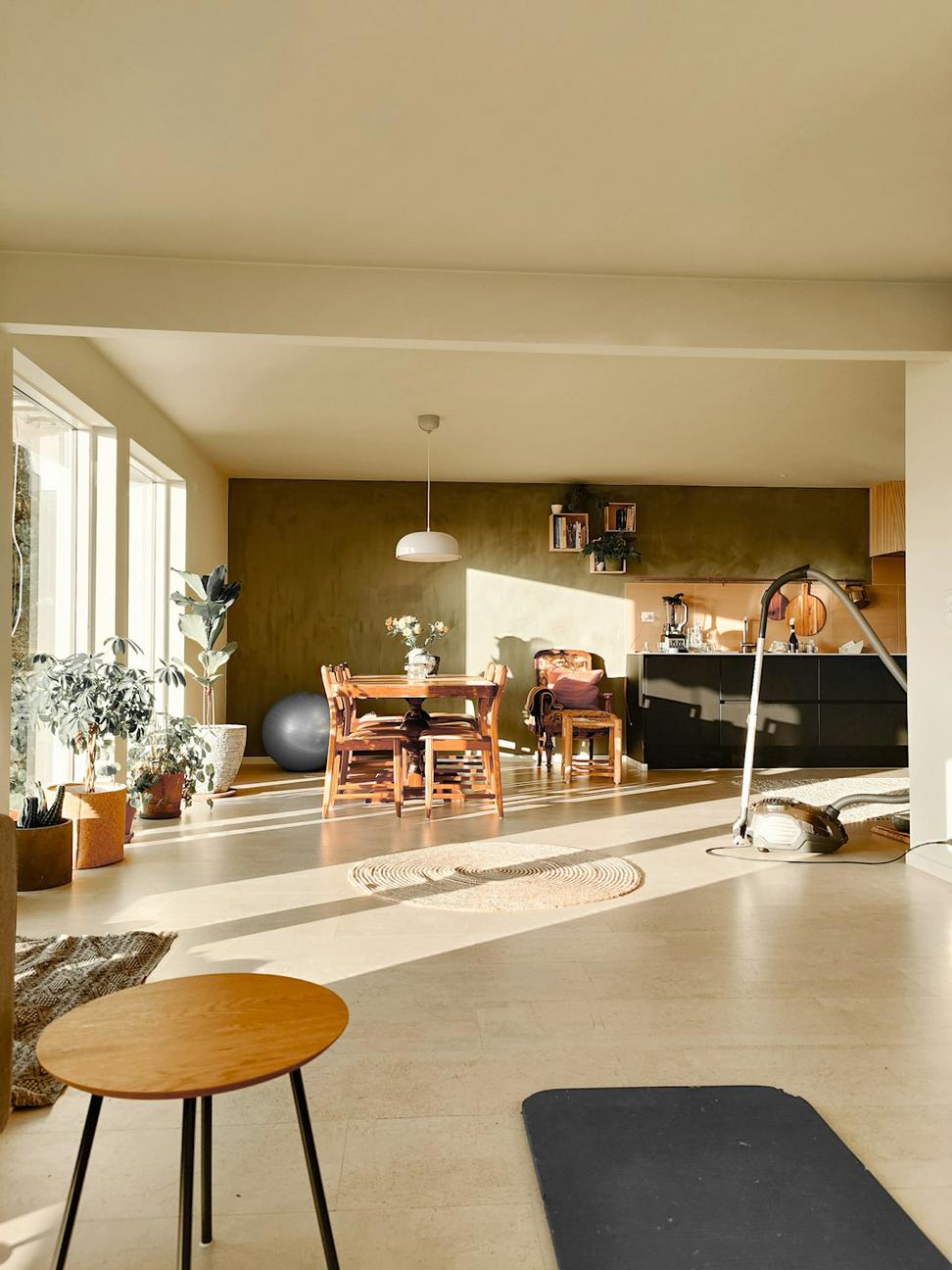
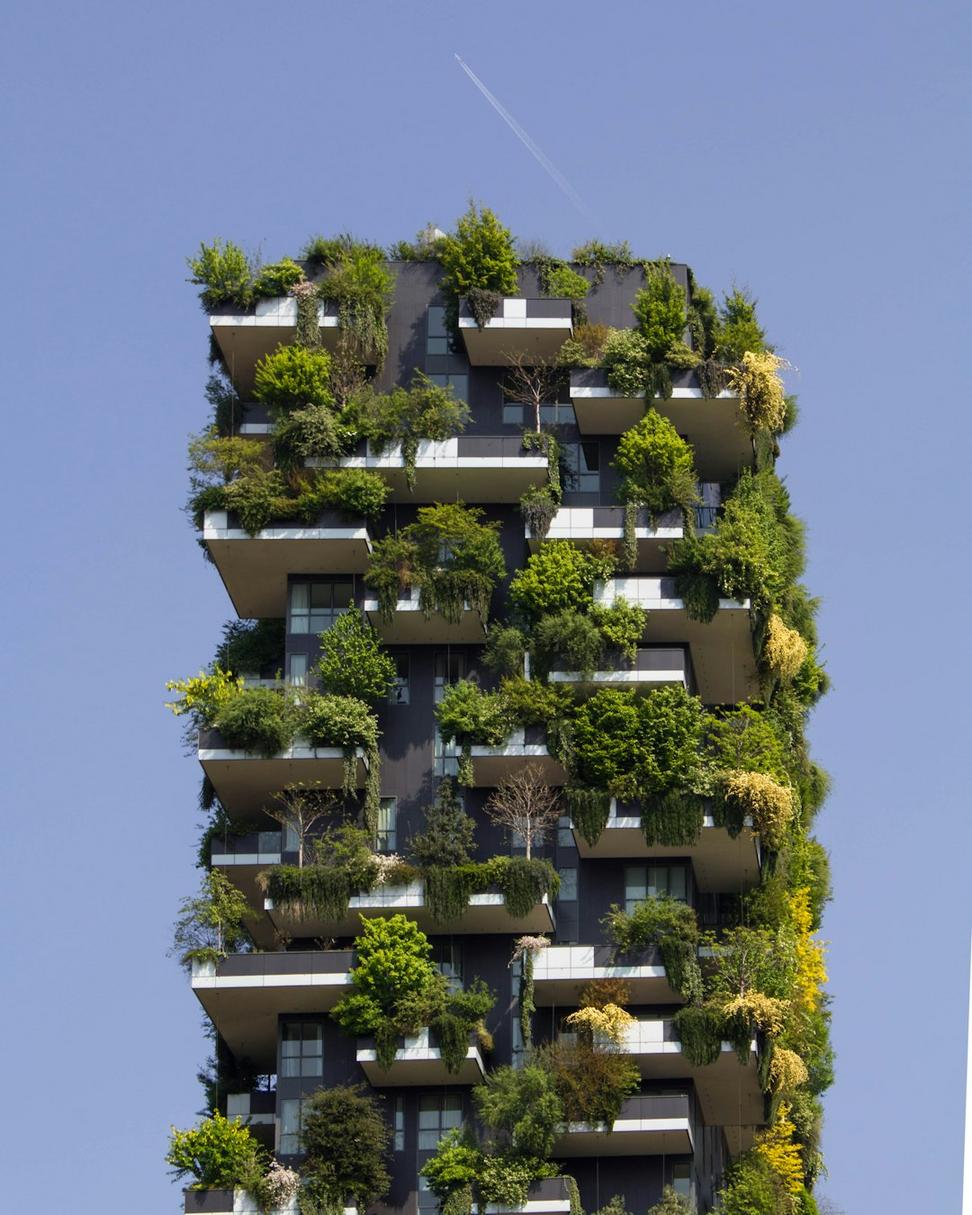
What We Learned
The geothermal installation took two weeks longer than expected because we hit bedrock earlier than the surveys indicated. Would've been nice to know that upfront, but we adapted. Also learned that our detailed 3D models really helped when explaining the cantilever to the building department - saved us probably a month in approvals.
"We've been in the house for eight months now and still can't believe how it feels connected to the ravine without sacrificing privacy. The energy bills are shockingly low - our friends don't believe us when we show them. The team was honest when things didn't go as planned, which we really appreciated."
- Sarah and Michael T., Homeowners
42%
Energy Reduction vs. Code Baseline
89%
Salvaged Materials Reused
14
Mature Trees Preserved
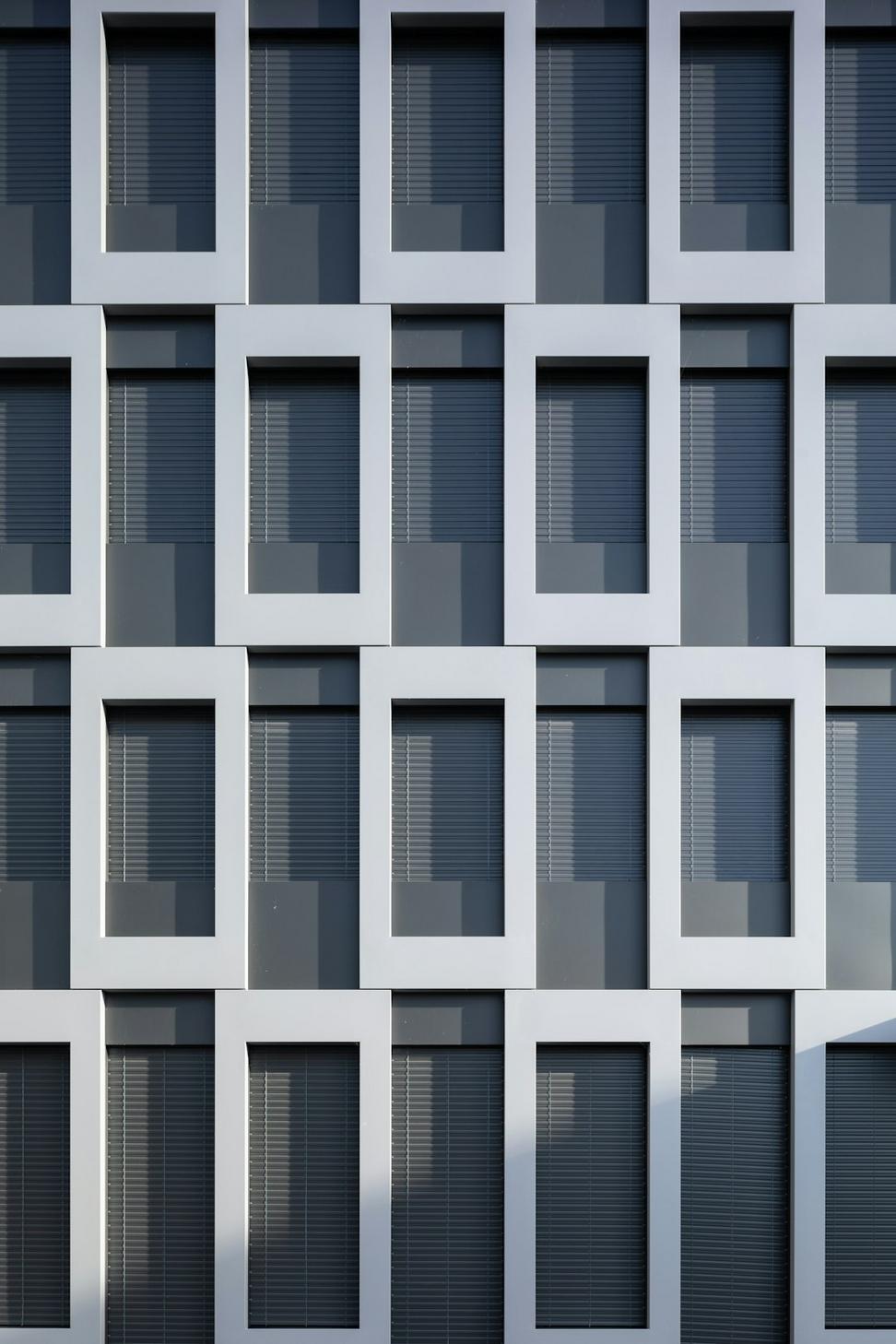
Junction Innovation Hub
Location: The Junction, Toronto | Completed: 2022 | Size: 18,500 sq ft
The Challenge
A local tech company bought this old warehouse shell and wanted to convert it into a creative office space that'd help them attract talent. The building had great bones but also a leaky roof, no insulation to speak of, and windows that were basically just suggestions. They wanted something that felt un-corporate but still professional, and they were pretty serious about hitting LEED Gold.
Our Approach
We kept the existing structure and added a new insulated envelope inside and out - way more sustainable than demolishing. The old timber columns and beams stayed exposed because they're beautiful and tell the building's story. Added a new central atrium with a massive skylight that brings daylight deep into the floor plate. Instead of traditional private offices, we created these pod-like meeting spaces scattered throughout - gives people options for how they wanna work. The rooftop became a garden and outdoor workspace, which wasn't in the original budget but we convinced them it'd be worth it.
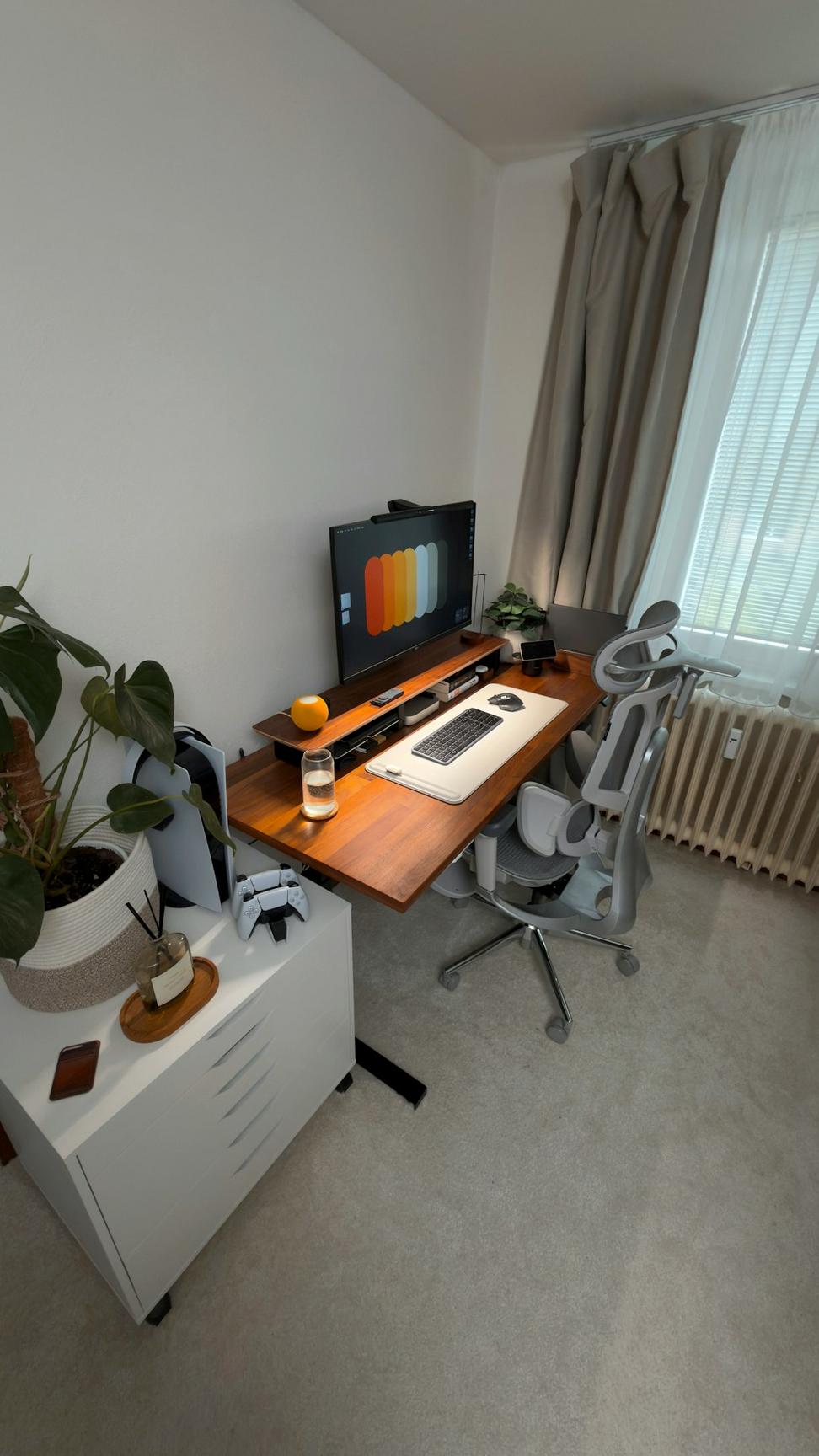
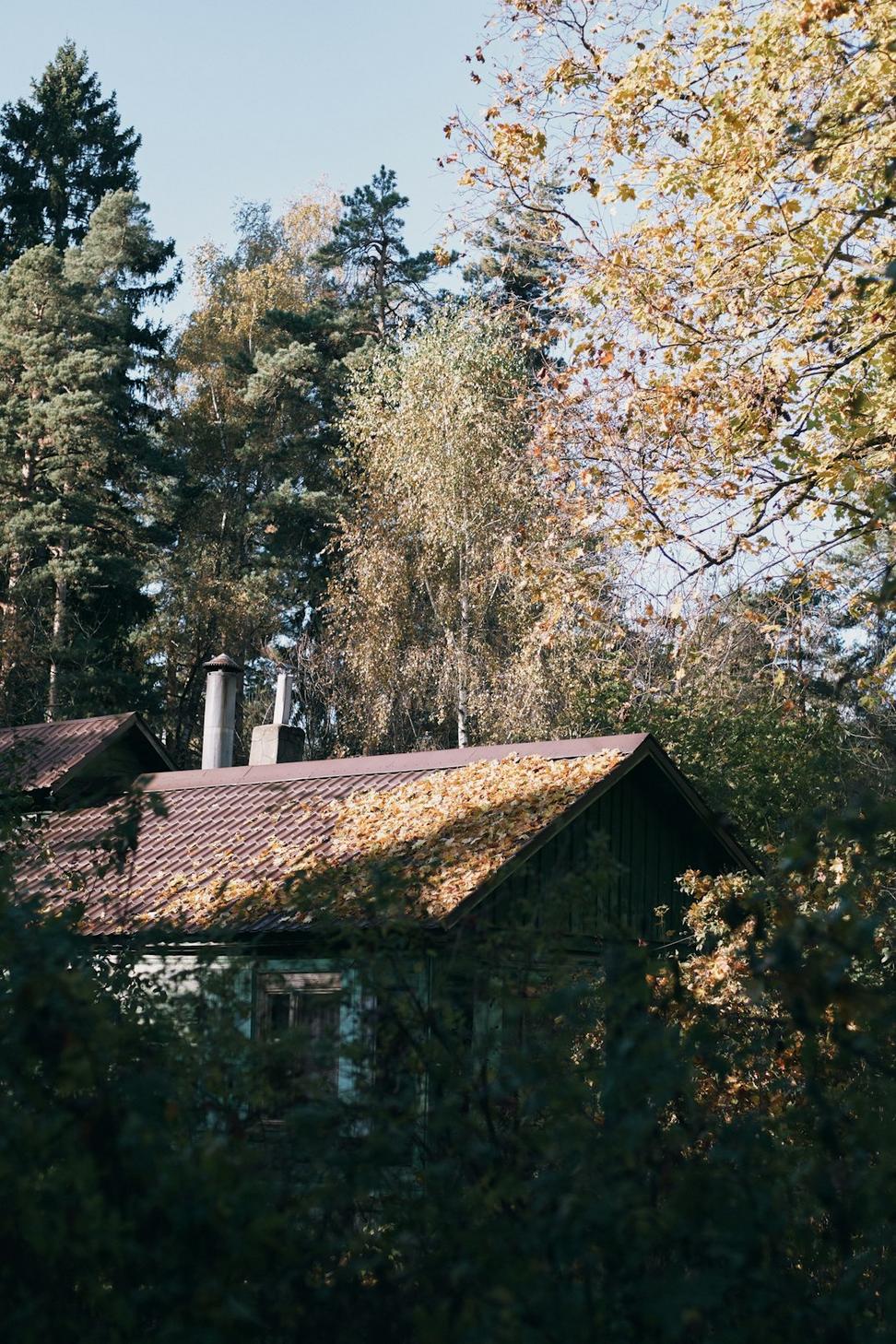
What We Learned
Warehouse conversions always have surprises, and this one was no different. Found some old contamination from previous industrial use that required remediation - added three months to the schedule. But on the flip side, the existing structure was way more solid than expected, which saved money we could redirect to better finishes. The client was flexible, which made all the difference.
"Our employee satisfaction scores jumped significantly after the move. People actually want to be in the office now, which says a lot in today's work-from-home climate. The space has become a recruiting tool for us. And yeah, we hit LEED Platinum, not just Gold - the team pushed us to go further and we're glad they did."
- David Chen, CEO, TechForward Inc.
LEED Platinum
Certification Achieved
78%
Existing Structure Retained
$240k
Annual Energy Cost Savings
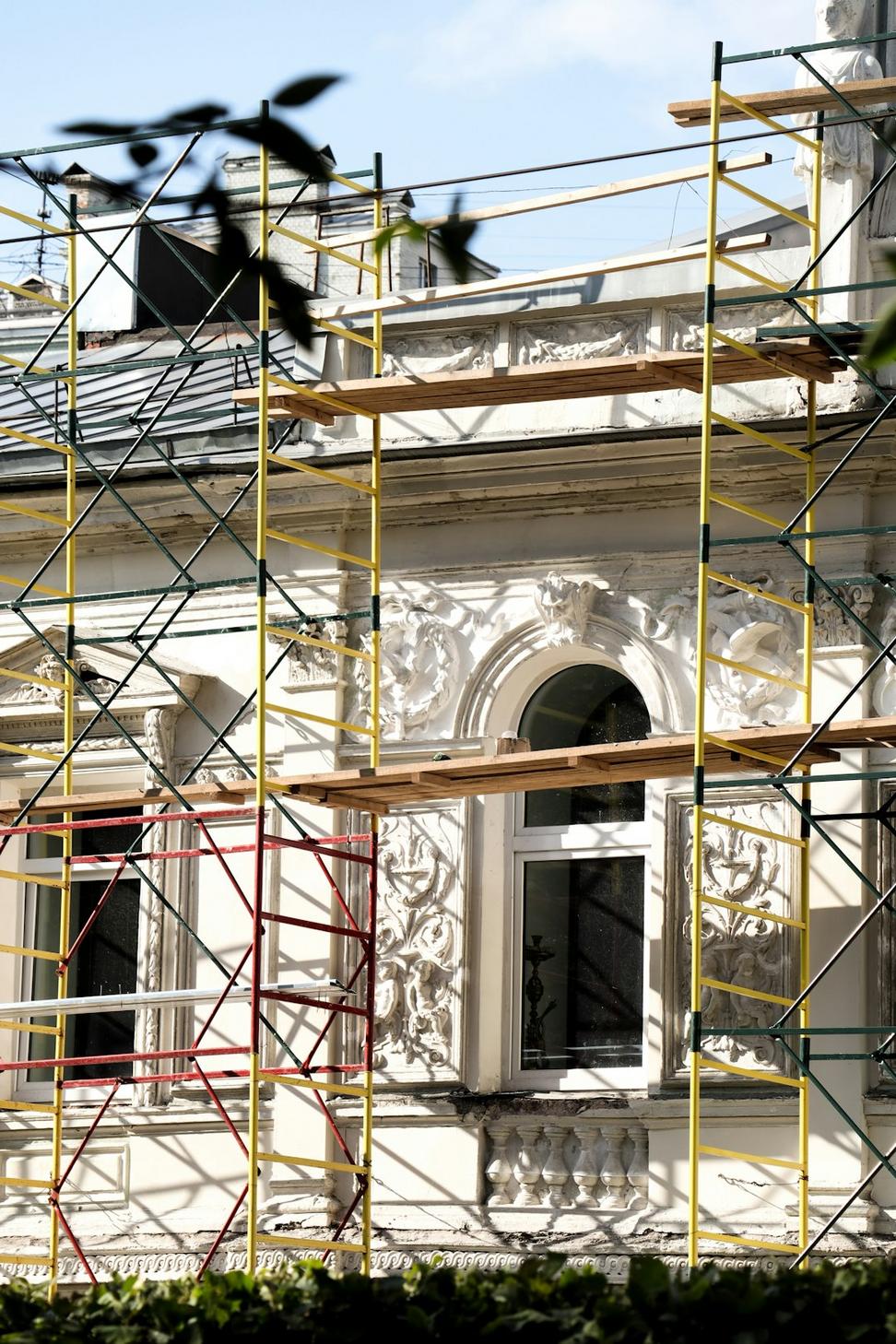
Mackenzie Heritage Building
Location: Cabbagetown, Toronto | Completed: 2023 | Size: 4,800 sq ft
The Challenge
This 1890s Victorian row house was designated heritage, which meant every exterior decision needed approval from the city's heritage department. The interior was chopped up into a rooming house back in the 1960s, and decades of neglect left it structurally questionable. New owners wanted a modern family home that respected the building's history but didn't feel like a museum.
Our Approach
Spent the first three months just doing research - old photos, original drawings, talking to the heritage folks about what they'd accept. We restored the front facade to match historical records, tracked down a mason who could replicate the original brick patterns. For the rear addition, we went totally contemporary in a way that's clearly new but complements the old building's proportions. Inside, we opened up the main floor while keeping some of the original room divisions visible through changes in ceiling height and floor materials. All new systems - mechanical, electrical, plumbing - but hidden in ways that don't compromise the original details.
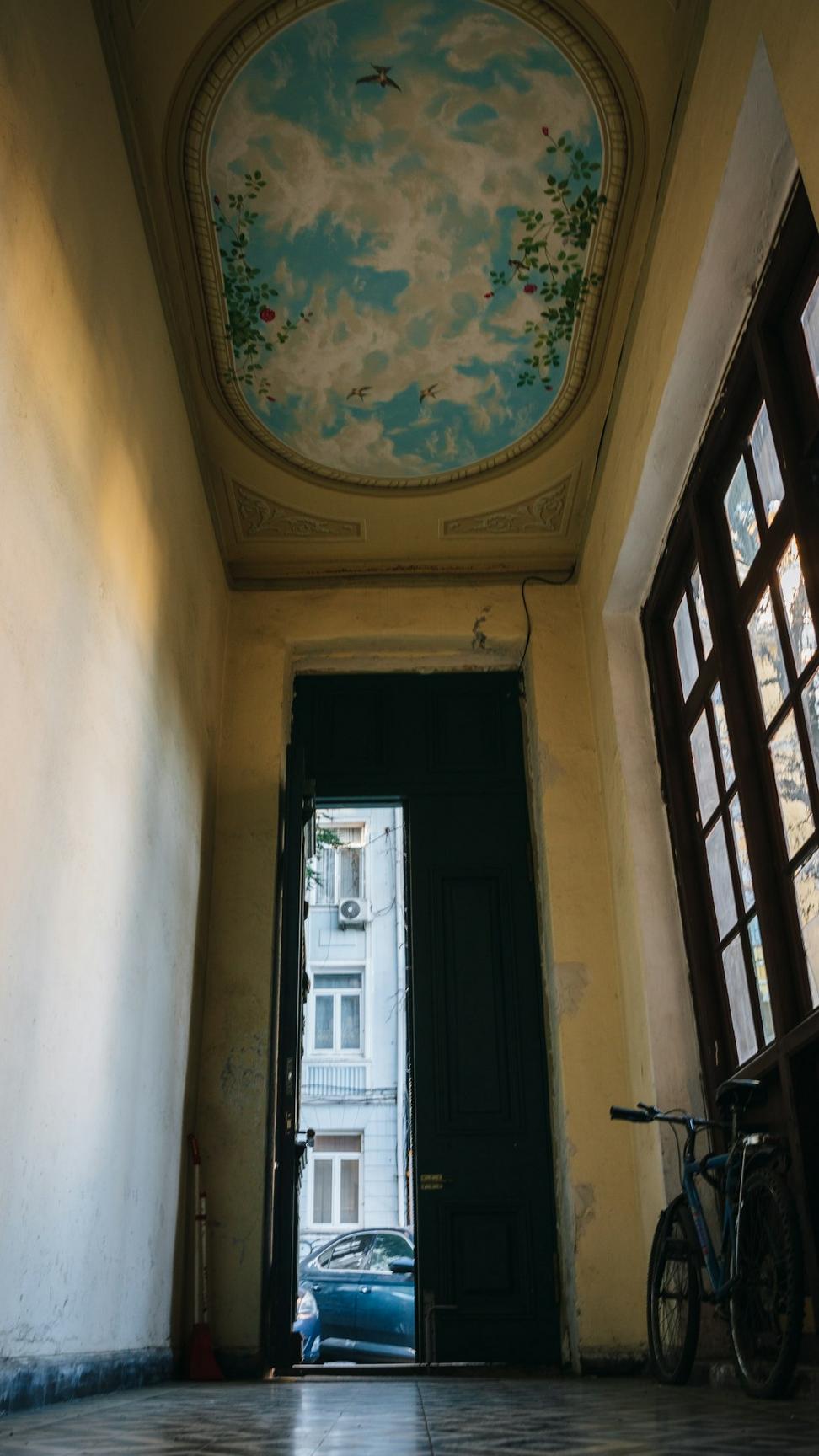
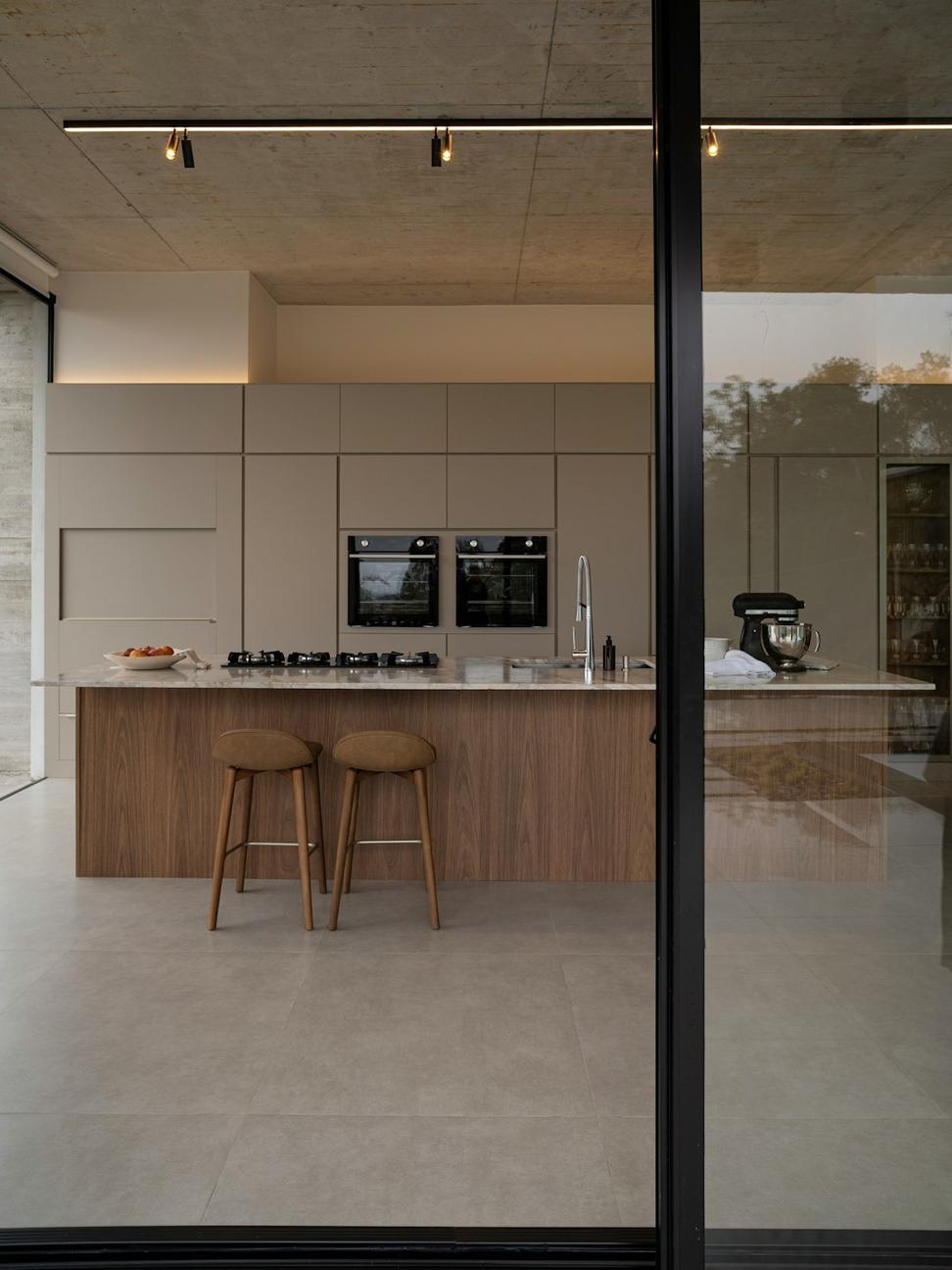
What We Learned
Heritage work requires patience we don't always have on typical projects. Approval processes took forever, and we had to redo some designs multiple times. But working within constraints actually made us more creative. Finding that 80-year-old mason was pure luck - his knowledge saved us from making mistakes that would've looked wrong even if technically correct.
"We were nervous about working with heritage restrictions, but the team made it feel like an opportunity rather than a limitation. The house has so much character now - the contrast between old and new actually makes both more interesting. Our kids love showing their friends the original plaster moldings and then the super-modern kitchen. It's not a compromise, it's the best of both worlds."
- Jennifer and Paul M., Homeowners
133
Years of Building History
95%
Original Facade Preserved
18 mo.
Project Duration
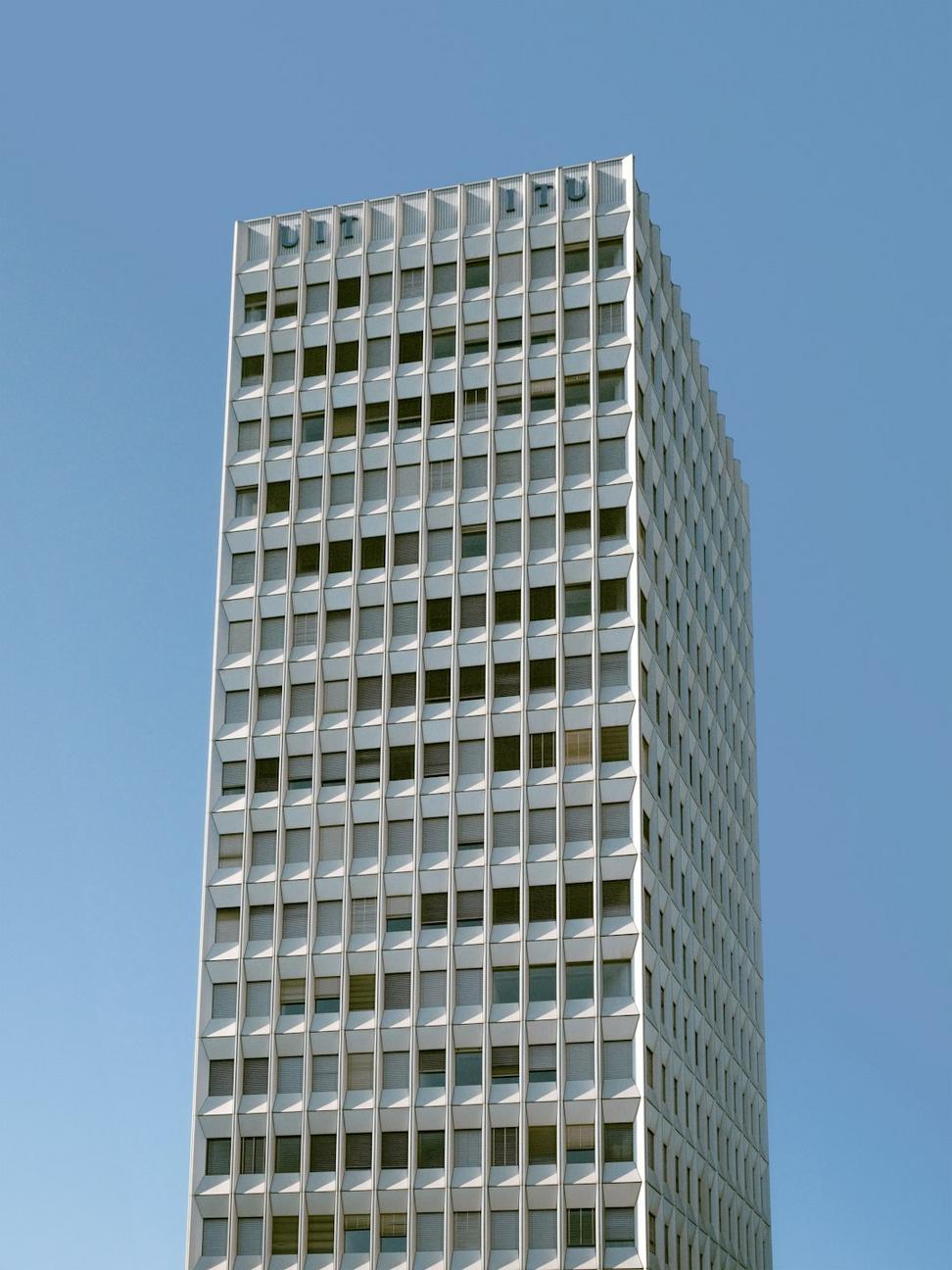
Riverside Community Hub
Location: East York, Toronto | Completed: 2024 | Size: 12,000 sq ft
The Challenge
The neighborhood association wanted a new community center to replace an aging facility that was becoming too expensive to maintain. Limited budget, diverse community needs - everything from daycare to seniors' programs - and a tight urban site with zero parking. Oh, and they wanted it to be a net-zero building, which honestly seemed ambitious given the budget constraints.
Our Approach
We designed around flexibility. Large multi-purpose spaces that can be subdivided with movable walls, furniture that does double duty, lots of storage so rooms can transform quickly. The building's basically a simple box wrapped in a smart skin - south facade has deep solar shading and high-performance glass, north side opens up with big windows for consistent light. Rooftop solar array covers about 60% of energy needs, and we spec'd a ground-source heat pump that shares infrastructure with the community garden next door. Worked closely with the neighbors throughout design - held four community meetings where we actually changed things based on feedback.
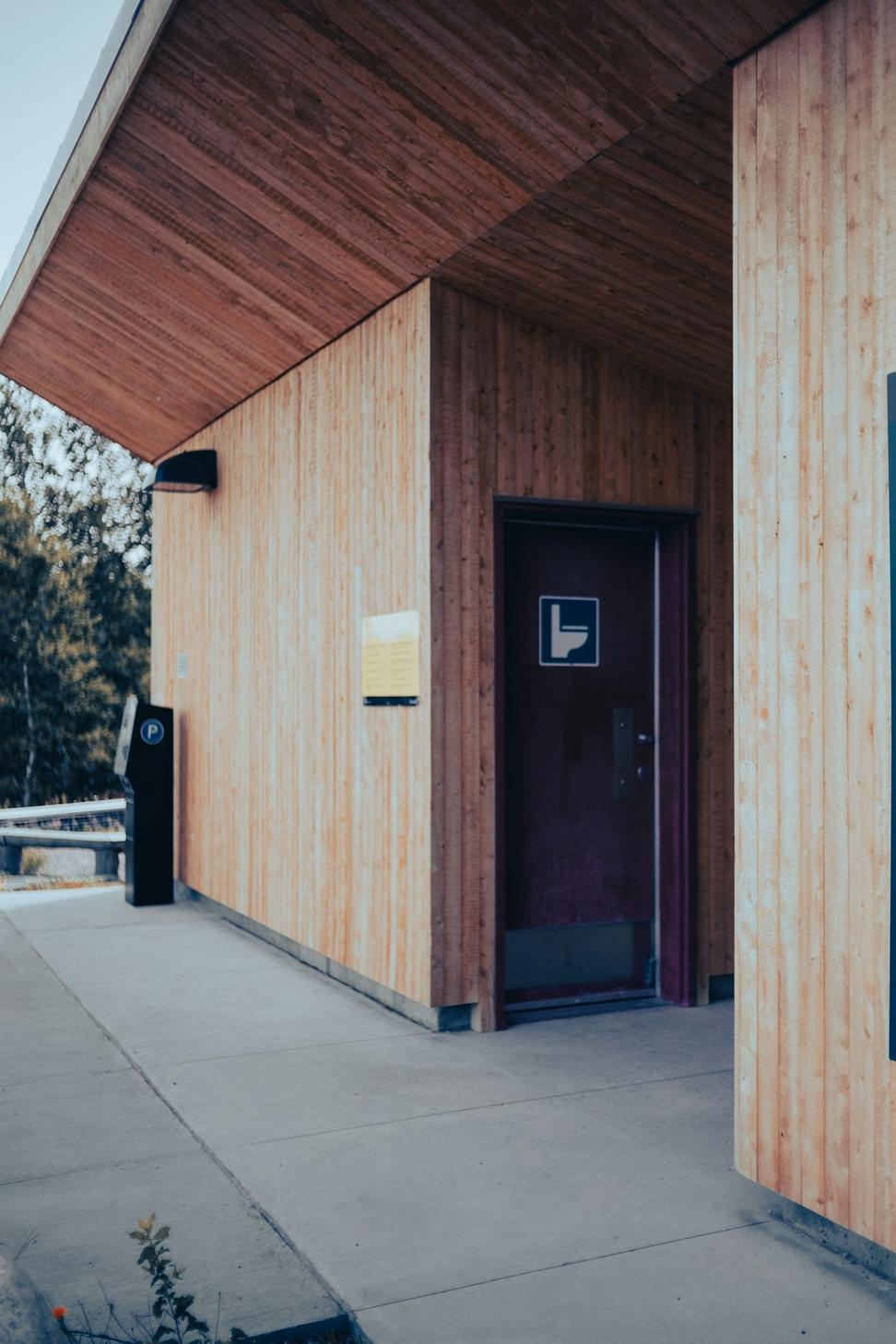
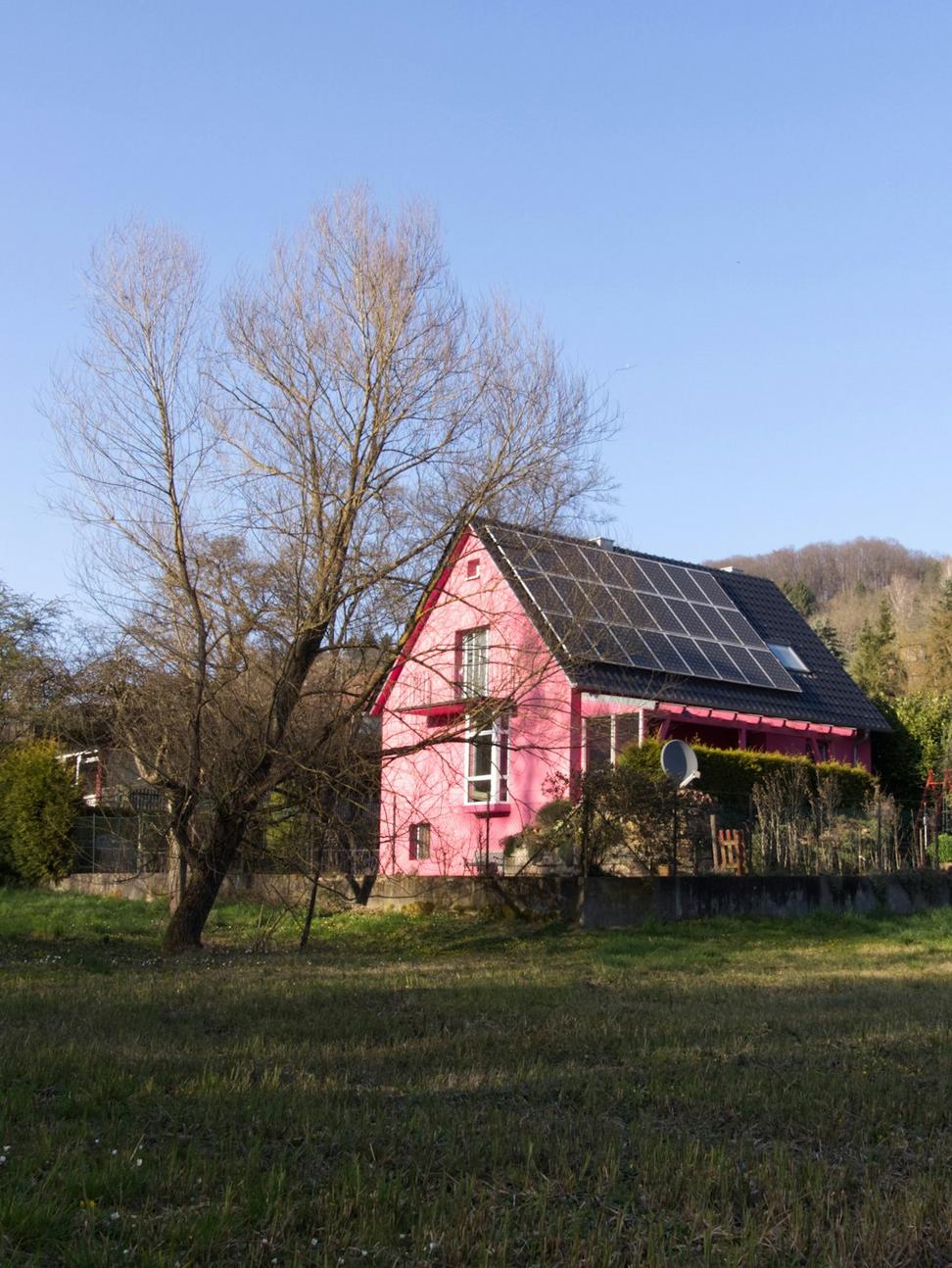
What We Learned
Community projects need way more listening than talking. Some of our early design ideas were too clever for their own good - people just wanted spaces that worked reliably. The movable wall system we proposed initially was too complicated, so we simplified it. Best decision was involving local trades early - they helped us find cost savings we wouldn't have spotted from the office.
"The building does exactly what we need it to do, and nothing we don't. Morning yoga becomes afternoon daycare becomes evening ESL classes - same space, different lives. The natural light makes it feel welcoming even on gray Toronto days. We're actually generating more solar power than expected, which helps with operating costs. The architects really listened to us, which doesn't always happen on community projects."
- Maria Santos, Community Association Director
Net Zero
Energy Performance
4,200
Weekly Program Participants
$2.1M
Total Project Cost